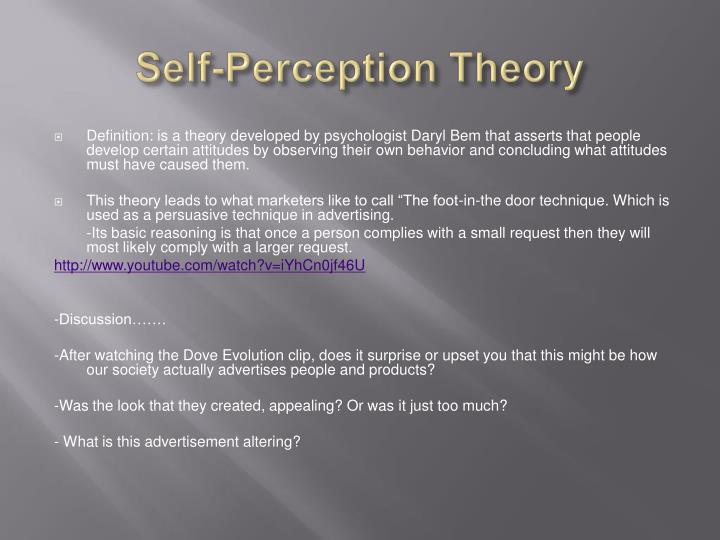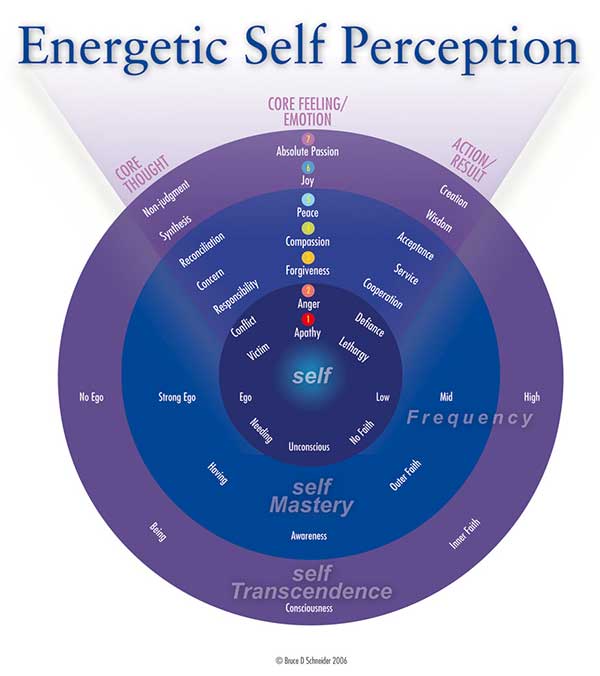
The enfacement illusion consists of a decrease in self-other face discrimination and is induced by the experience of the simultaneous stroking of one's own face along with the face of another person. The enfacement illusion paradigm is another recently developed experimental procedure used to investigate bodily self-perception. They found that the experiential dimension “embodiment of the rubber hand” was the main aspect of the RHI, and that it could be decomposed into the following three components of bodily self-perception: ownership, i.e., the perception of the rubber hand as part of oneself location, i.e., the localization of one's own hand or of touch applied to one's own hand in the position of the rubber hand and sense of agency, i.e., the experience of control over the rubber hand. Longo and colleagues used the RHI to investigate the structure of conscious bodily self-perception. In the RHI, a fake hand being synchronously stroked with the corresponding (but hidden) own hand is perceived as part of one's own body. The rubber hand illusion (RHI ) paradigm belongs to this type of approach and is being used in a growing number of studies. The induction of the experience of an artificial limb being part of one's own body, i.e., its “embodiment,” is one of the most recent approaches to experimentally investigating bodily self-perception. To our knowledge, however, there are currently no studies published on the structure of conscious full-body self-perception. There are a few studies on the structure of conscious limb self-perception (e.g., ).

This question concerns the structure of conscious bodily self-perception and has so far received little attention.

An important goal in the study of bodily self-perception is identifying its components when it occurs consciously. The results of the two studies converge in suggesting that the structure of conscious full-body self-perception consists of the following three distinct components: bodily self-identification, space-related self-perception (spatial presence), and agency.Ī fundamental endeavour of research on human self-perception is the understanding of the experience of one's own body, i.e., bodily self-perception. In the second study, we then extended the questionnaire and validated the stability of the structure of conscious full-body self-perception found in the first study within a larger sample of individuals by performing a principle components analysis of the questionnaire responses. In the first study, we investigated the structure of conscious full-body self-perception by analyzing the responses to the questionnaire by means of multidimensional scaling combined with cluster analysis. After visuo-tactile stimulation, participants assessed changes in their bodily self-perception with a custom made self-report questionnaire. We performed two studies in which we stroked the back of healthy individuals for three minutes while they watched the back of a distant virtual body being synchronously stroked with a virtual stick.

Therefore, the objective of the present investigation is to elucidate the structure of conscious full-body self-perception. However, none of the existing studies have investigated the relationship of these aspects to each other, i.e., whether they can be identified to be distinguishable components of the structure of conscious full-body self-perception. Previous research suggests that bodily self-identification, bodily self-localization, agency, and the sense of being present in space are critical aspects of conscious full-body self-perception.


 0 kommentar(er)
0 kommentar(er)
